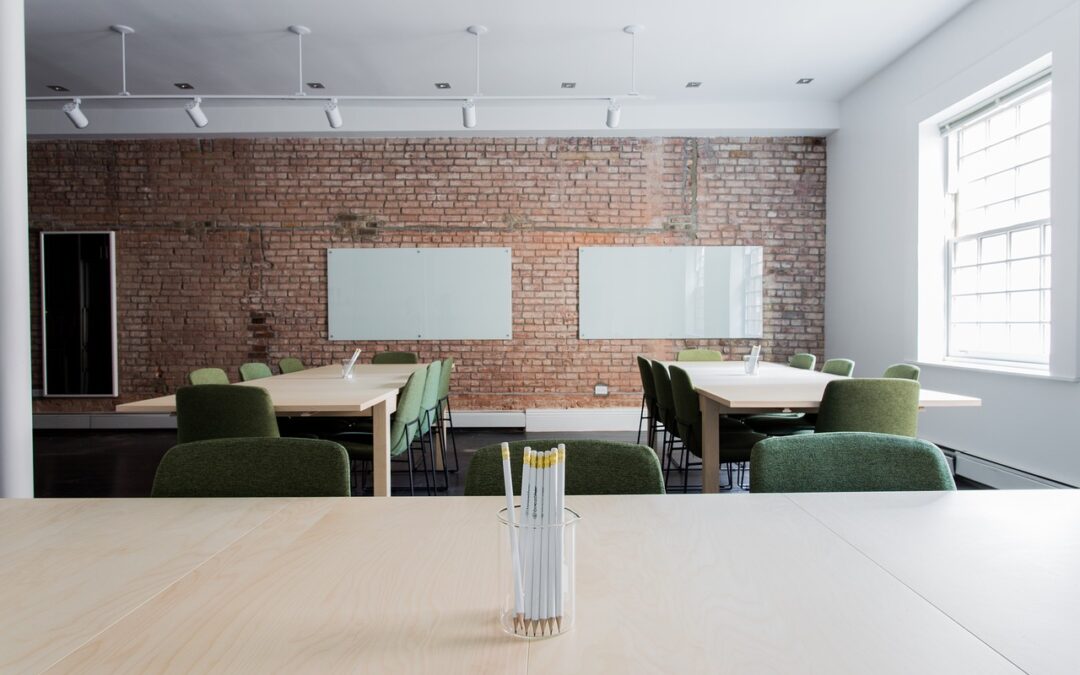Adaptive reuse, transforming existing structures for new uses, is an innovative and resource-efficient concept rapidly gaining popularity. In the education sector, this approach has taken a unique form: converting modular homes into classrooms.
This article explores this trend, focusing on how modular homes, originally designed for housing, are being repurposed to create educational spaces. It emphasizes the practicality, affordability, and ingenuity of this solution in meeting the evolving needs of educational institutions.
The Rise of Modular Homes in Education
In today’s world, where education is constantly evolving, modular homes are stepping up as a creative solution to modern challenges. This shift is all about finding smarter, more affordable ways to build educational spaces while also taking care of our planet.
Imagine homes that are pieced together like a puzzle in a factory, then brought to schools where they’re put together. Modular homes are revolutionizing the education sector, striking an ideal balance between affordability, adaptability, and environmental friendliness. Their rising popularity is a clear sign of how attitudes are shifting away from conventional construction methods.
In addition, there’s a focus on innovative, speedy solutions that are also environmentally responsible. This change reflects a broader movement towards more sustainable and efficient ways of creating educational spaces.
With modular homes turned into modular classrooms, educational institutions are not only addressing their immediate space and budgetary needs but are also contributing to a more sustainable future, aligning themselves with contemporary values of resourcefulness and environmental stewardship.
Benefits of Using Modular Homes as Classrooms
The conversion of modular homes into classrooms offers a myriad of advantages, reshaping how educational spaces are created and utilized. These benefits range from economic efficiency to environmental sustainability, marking a significant evolution in educational infrastructure.
Cost-Effectiveness
Converting modular homes into classrooms is notably cost-efficient. Modular construction generally costs less than traditional building methods, requires fewer labor hours, and can be completed faster. This affordability enables schools to invest more in educational programs and resources.
Flexibility and Scalability
Modular homes repurposed as classrooms offer unparalleled adaptability. They can be easily modified, expanded, or downsized, allowing schools to adapt to fluctuating student numbers or new educational approaches.
Sustainability
Modular construction is often more sustainable than conventional building methods. It produces less waste and can incorporate eco-friendly materials. By repurposing modular homes, schools actively promote environmental sustainability and reduce their carbon footprint.
Time Efficiency
The assembly of modular homes is quicker than traditional construction. This rapid construction is advantageous for schools needing fast expansion or facility updates with minimal disruption to academic activities.
Enhanced Learning Environments
Modular classrooms can be designed to create optimal learning environments. They can be outfitted with modern technology, custom layouts, and features that enhance educational experiences, such as ample natural light, soundproofing, and comfortable temperatures.
Community and Student Engagement
Transforming modular homes into classrooms becomes more than just construction; it’s a community effort that brings together students, teachers, and locals. This collaborative journey not only strengthens the ties within the community but also arms students with real-life skills in managing projects. Beyond that, it’s a chance for them to actively engage in environmental preservation, instilling a sense of responsibility and care for the planet.
Safety and Health
Modern modular classrooms are a win for health and safety. Constructed with materials that have low volatile organic compounds (VOCs), these classrooms ensure the air inside is cleaner and healthier. It’s not just about meeting the basic safety standards; these spaces often go above and beyond, providing students with an environment that’s not only secure but also conducive to their overall well-being.
Aesthetic Appeal
Modular classrooms can be aesthetically pleasing, with designs that inspire creativity and learning. They can be customized to blend with existing school architecture or stand out as modern, innovative structures that stimulate student interest and pride in their learning environment.
Conclusion
The innovative use of modular homes as classrooms reflects the education sector’s adaptability and commitment to sustainability. This approach not only tackles practical challenges like budget constraints and space limitations but also aligns with eco-friendly practices. Looking ahead, the integration of modular homes into educational settings is poised to significantly influence the landscape of learning environments.

Recent Comments